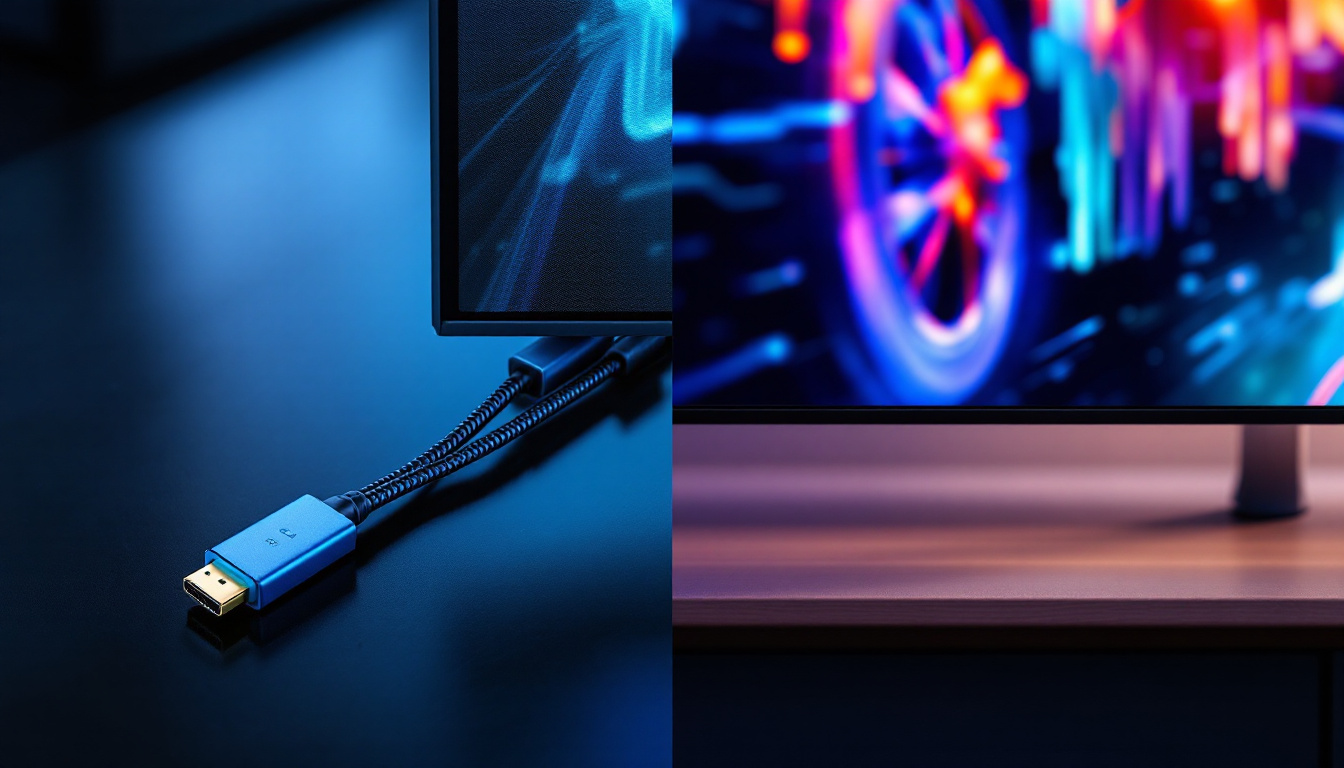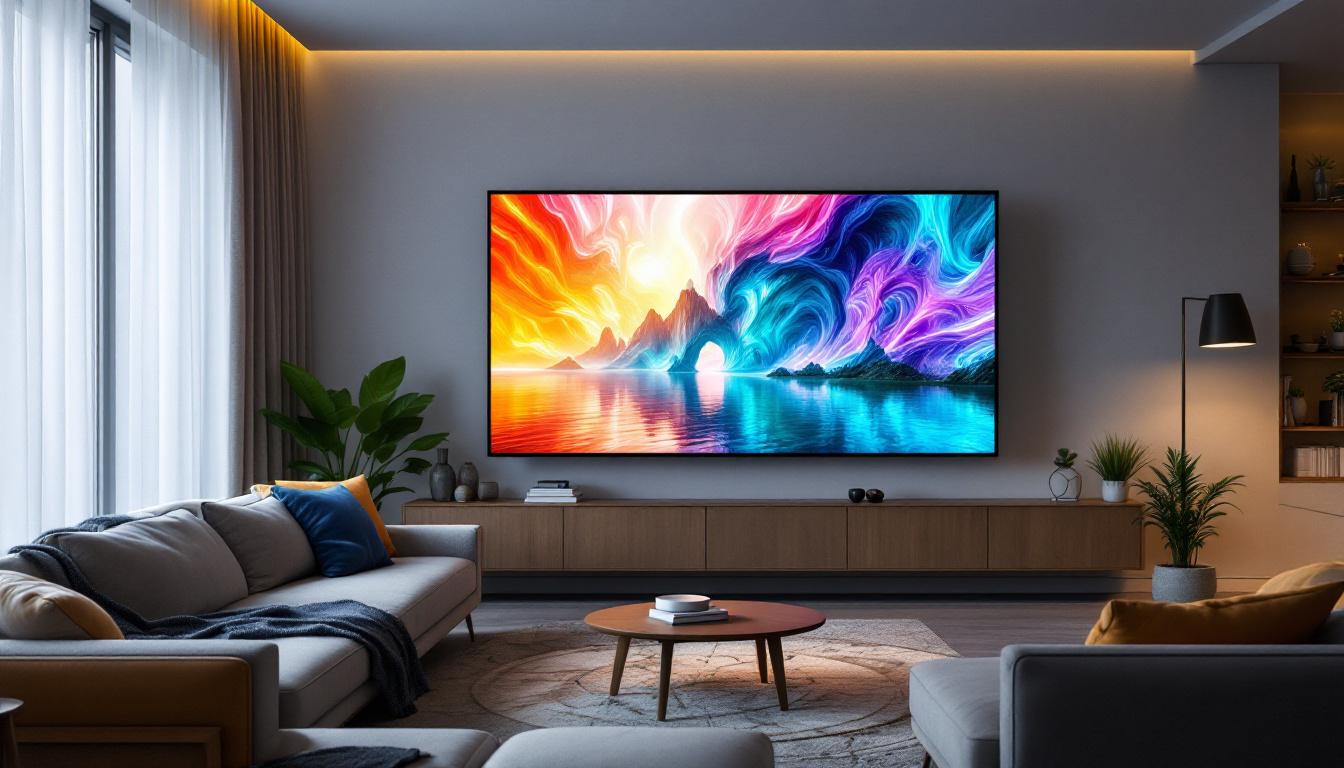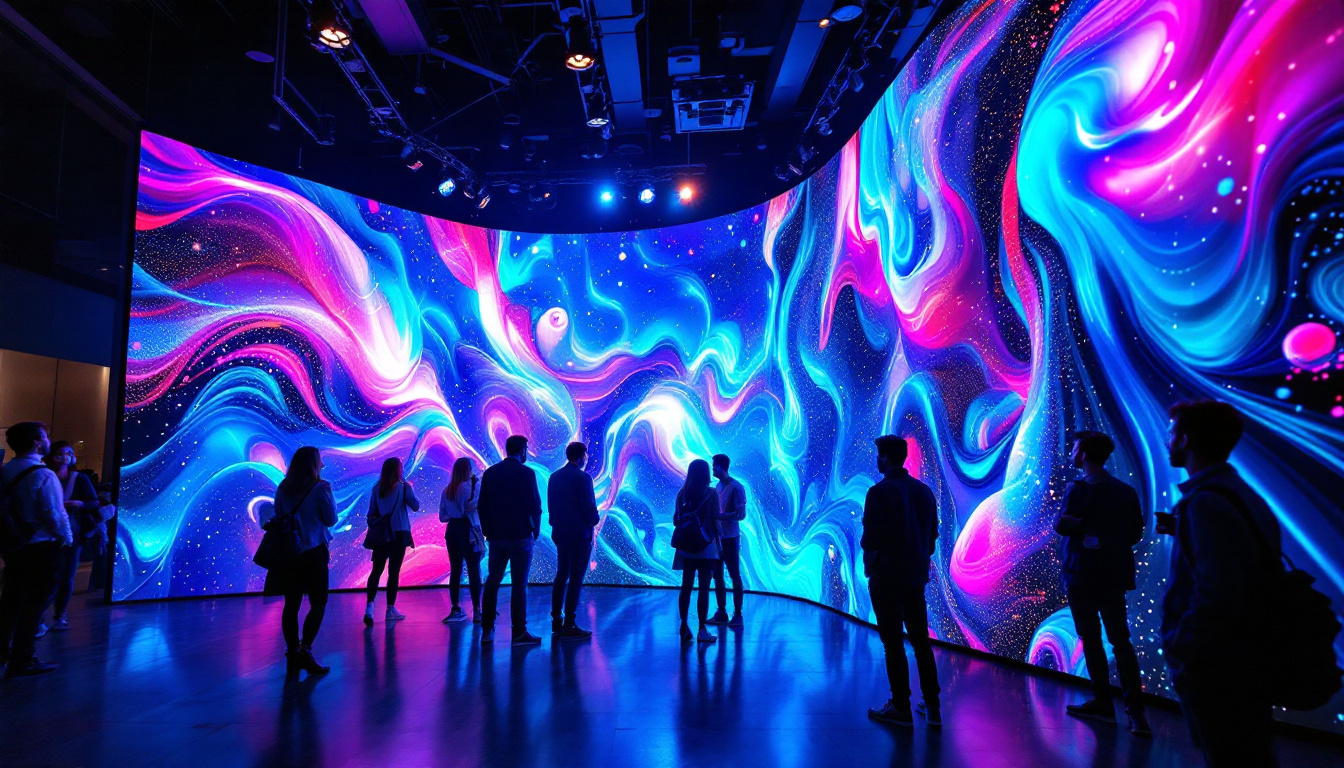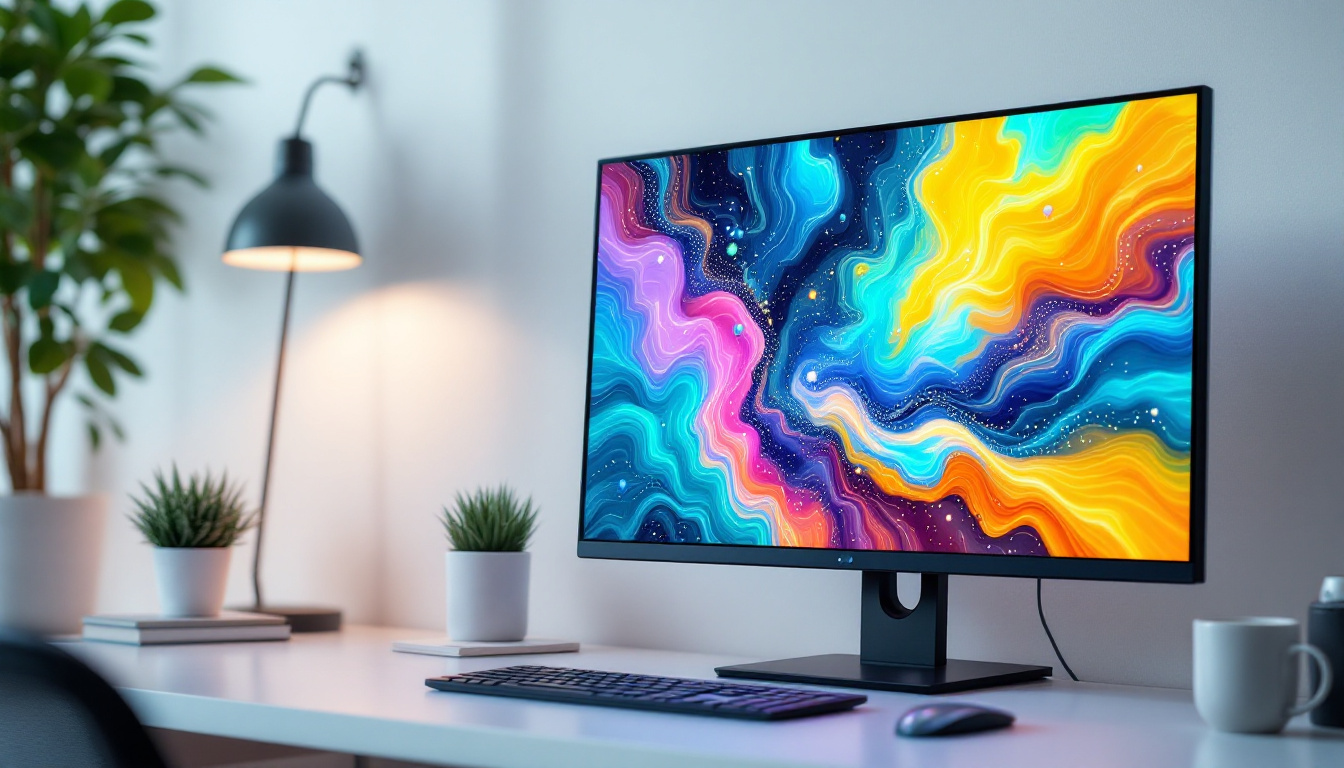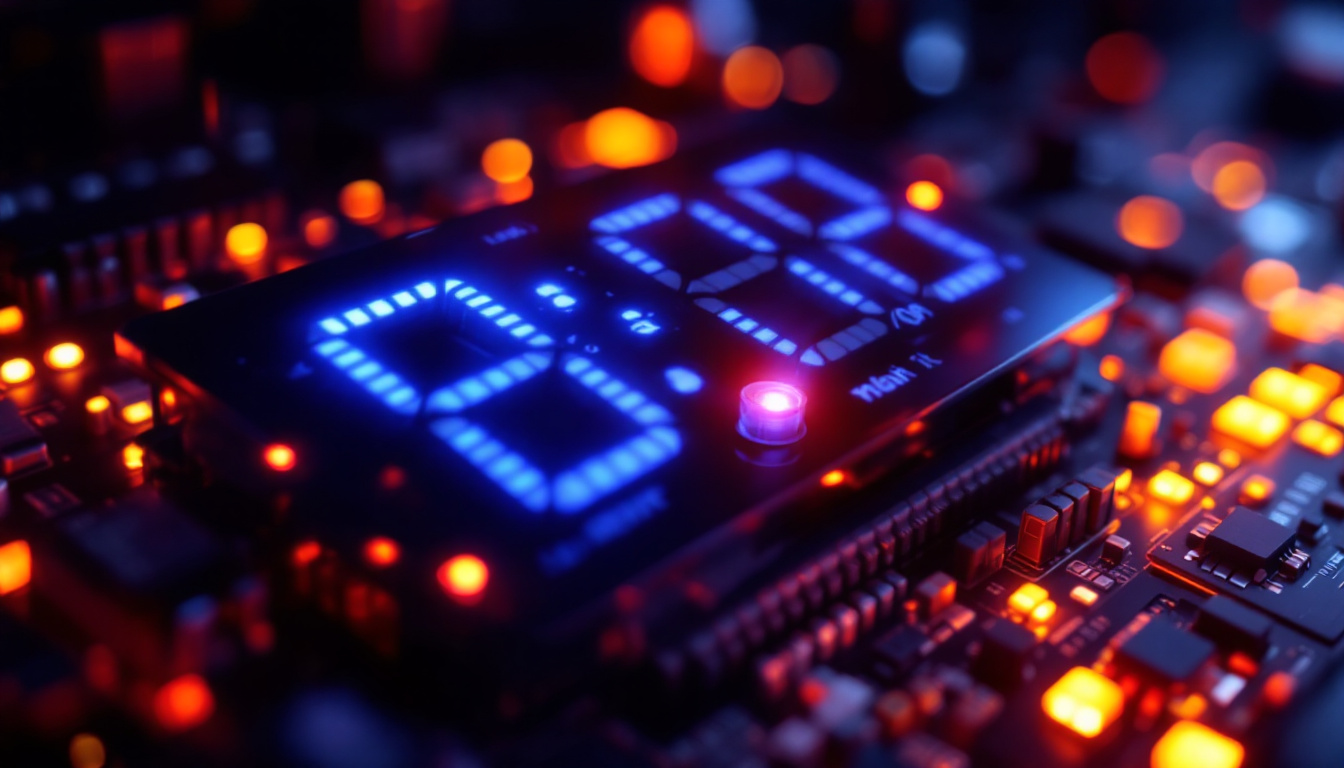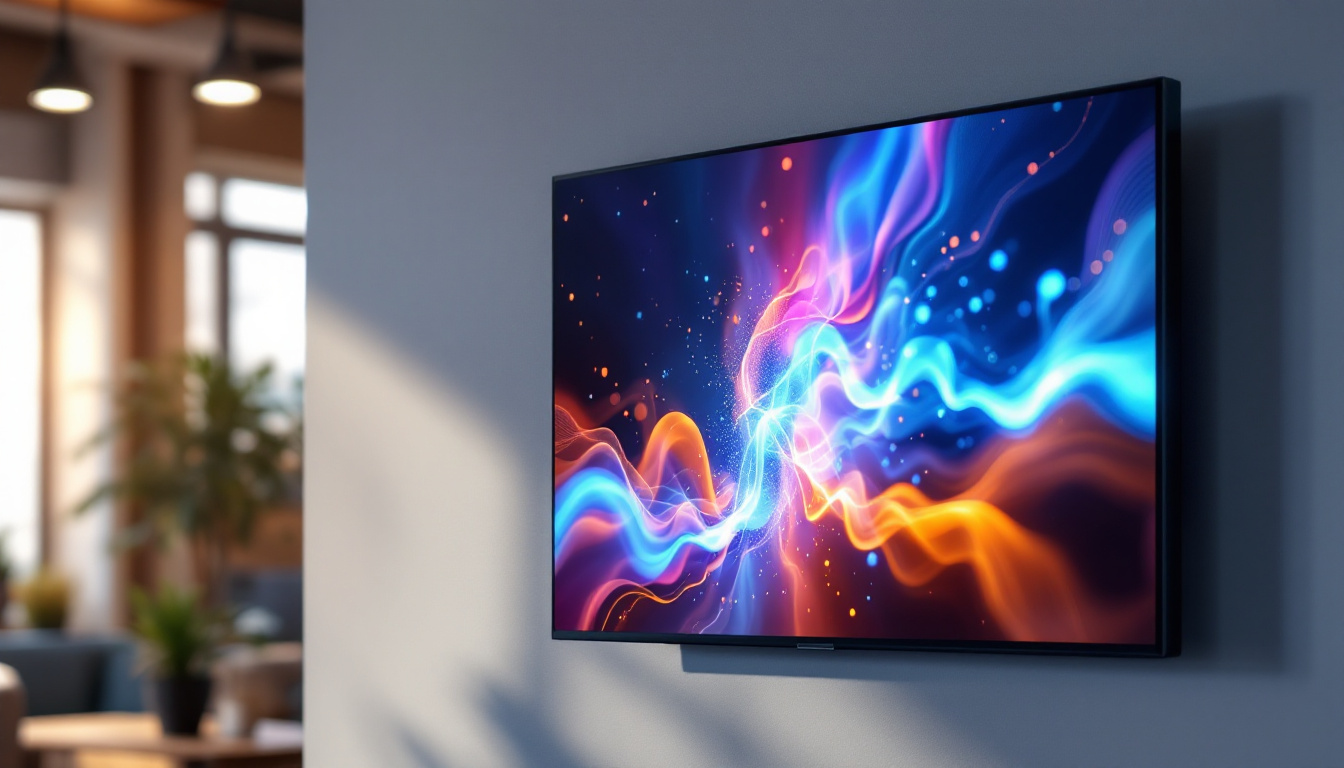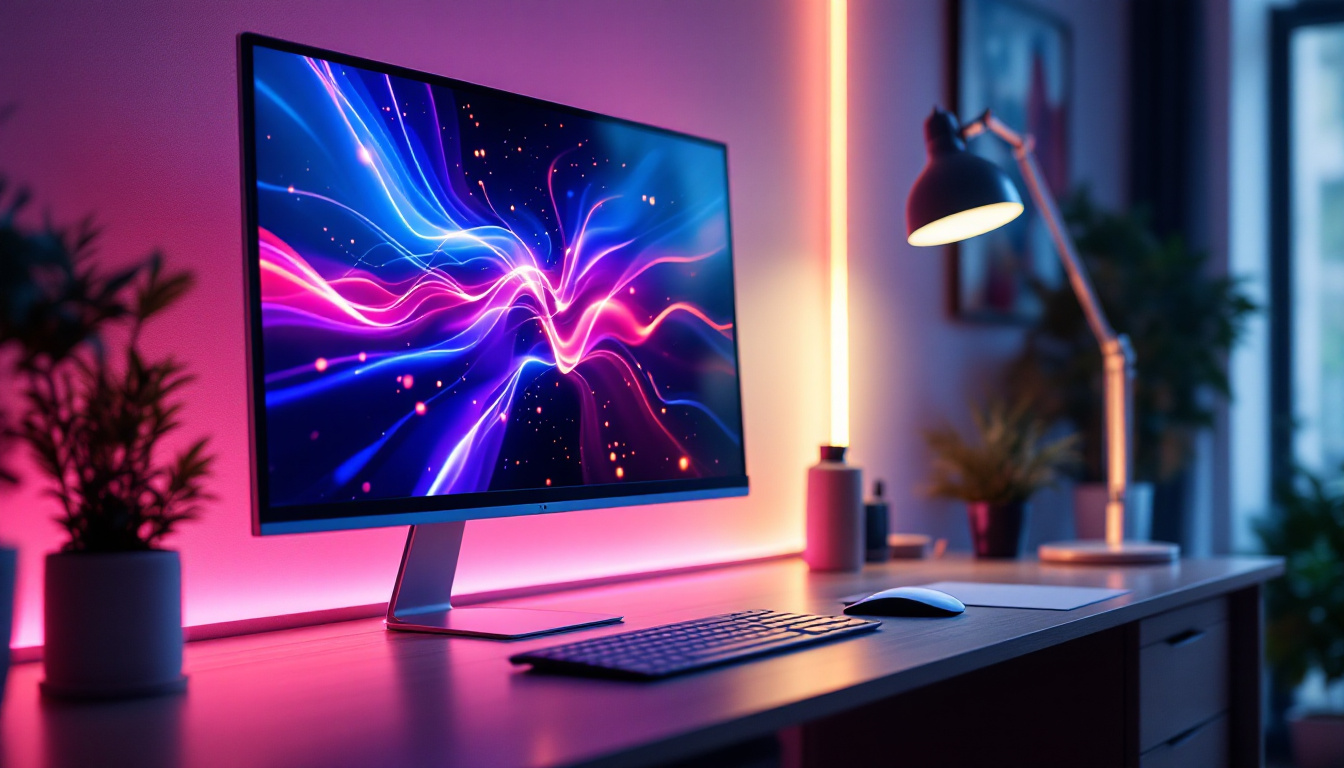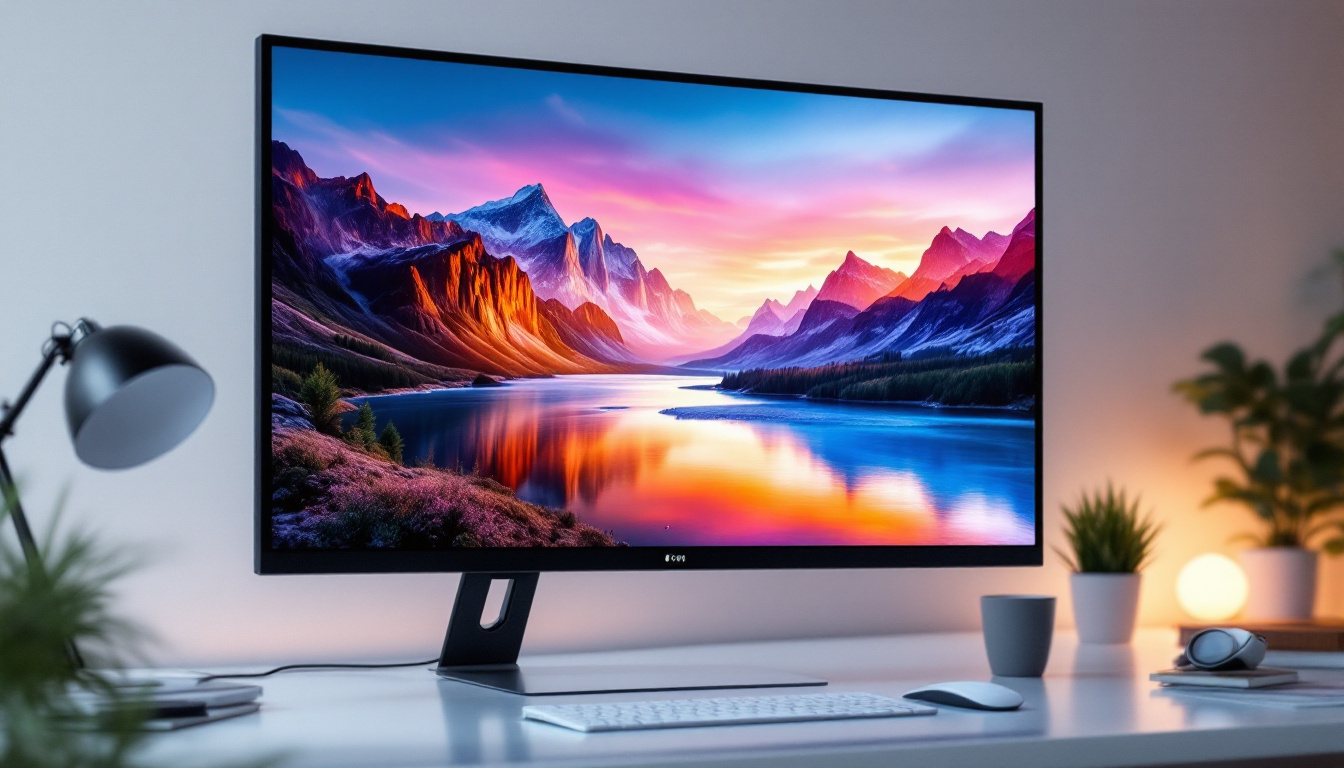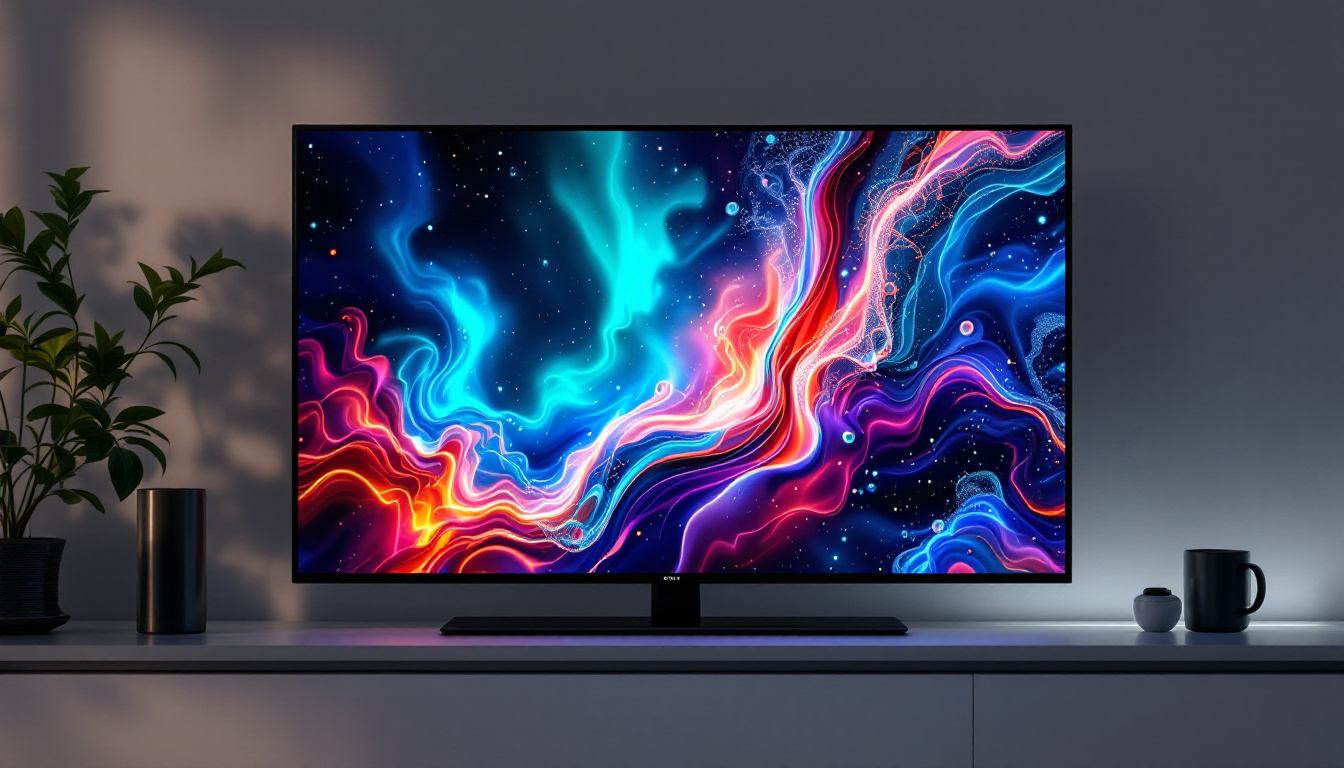In the ever-evolving world of technology, understanding the differences between various display interfaces is crucial for ensuring optimal performance and compatibility. DisplayPort (DP) and HDMI 2.1 are two of the most prominent interfaces used in modern LED displays. Each has its unique features, advantages, and limitations, making them suitable for different applications. This article delves into the intricacies of both technologies, comparing their specifications, performance, and use cases to help consumers make informed decisions.
Understanding Display Interfaces
Display interfaces are essential for transmitting video and audio signals from a source device to a display. They play a crucial role in determining the quality of the output, including resolution, refresh rate, and color depth. DisplayPort and HDMI are two primary standards that cater to various needs, from gaming to professional content creation.
What is DisplayPort?
DisplayPort is a digital display interface developed by the VESA (Video Electronics Standards Association). It was designed to replace older standards like VGA and DVI, offering higher bandwidth and improved performance. DisplayPort supports multiple display configurations, making it a versatile choice for users who require multiple monitors or high-resolution displays.
One of the key features of DisplayPort is its ability to support daisy chaining, which allows multiple monitors to be connected to a single output. This is particularly beneficial for professionals in fields such as graphic design, video editing, and gaming, where multiple screens can enhance productivity and immersion. Additionally, DisplayPort supports Adaptive Sync technology, which synchronizes the refresh rate of the display with the frame rate of the graphics card, further enhancing the visual experience by eliminating stuttering and tearing during fast-paced action.
What is HDMI 2.1?
HDMI (High-Definition Multimedia Interface) is one of the most widely used interfaces for transmitting high-definition video and audio. HDMI 2.1 is the latest version of this standard, introducing several enhancements over its predecessors. It supports higher resolutions and refresh rates, including 8K at 60Hz and 4K at 120Hz, making it ideal for gaming and high-definition content consumption.
HDMI 2.1 also includes features like Variable Refresh Rate (VRR) and Auto Low Latency Mode (ALLM), which are designed to improve the gaming experience by reducing lag and screen tearing. These features make HDMI 2.1 particularly appealing to gamers and home theater enthusiasts. Furthermore, HDMI 2.1 supports enhanced audio return channel (eARC), allowing for higher-quality audio formats to be transmitted from the TV back to a soundbar or AV receiver, ensuring that users can enjoy a more immersive audio experience that matches the stunning visuals of modern content. This combination of high-quality video and audio capabilities makes HDMI 2.1 a powerful choice for anyone looking to build a future-proof entertainment system.
Comparative Analysis of DP and HDMI 2.1
When comparing DisplayPort and HDMI 2.1, several factors come into play, including bandwidth, resolution support, audio capabilities, and additional features. Understanding these aspects can help users determine which interface best suits their needs.
Bandwidth and Resolution
Bandwidth is a critical factor in determining the performance of a display interface. DisplayPort 1.4 offers a maximum bandwidth of 32.4 Gbps, while HDMI 2.1 significantly increases this to 48 Gbps. This higher bandwidth allows HDMI 2.1 to support higher resolutions and refresh rates, making it a strong contender for modern displays.
In terms of resolution, HDMI 2.1 can handle 8K at 60Hz and 4K at 120Hz, while DisplayPort 1.4 supports 8K at 30Hz and 4K at 120Hz. However, DisplayPort 2.0, which is the latest version, is expected to support even higher resolutions and refresh rates, potentially surpassing HDMI 2.1 in the future. With DisplayPort 2.0, users can anticipate support for 16K resolutions at 60Hz with compression, which is a game changer for professionals in video editing and graphic design who require ultra-high-definition displays for their work.
Audio Capabilities
Both DisplayPort and HDMI support multi-channel audio, but HDMI has a more extensive range of audio formats, including support for advanced audio codecs like Dolby Atmos and DTS:X. This makes HDMI 2.1 a preferred choice for home theater setups where high-quality audio is essential. The ability to transmit uncompressed audio formats over HDMI 2.1 enhances the overall viewing experience, especially for users who enjoy immersive soundscapes in movies and gaming.
DisplayPort, on the other hand, is more focused on video performance and may not support some of the advanced audio features found in HDMI. However, it does support audio return channel (ARC) functionality, allowing audio to be sent back to a compatible audio device. Additionally, DisplayPort’s support for high sample rates and bit depths can be advantageous for audiophiles who use their systems for high-fidelity music playback, ensuring that every nuance of the audio is captured and delivered accurately.
Additional Features
HDMI 2.1 introduces several features that enhance the gaming experience, such as VRR and ALLM. VRR allows the display to synchronize its refresh rate with the frame rate of the source device, reducing screen tearing and providing a smoother gaming experience. ALLM automatically switches the display to low latency mode when gaming, further improving responsiveness. These features are particularly beneficial for competitive gamers who require every millisecond of performance to gain an edge over their opponents.
DisplayPort, particularly with its MST (Multi-Stream Transport) feature, allows for the connection of multiple displays through a single port. This is particularly advantageous for users who require a multi-monitor setup for productivity or gaming. Furthermore, DisplayPort supports Adaptive Sync technology, which can enhance gaming performance by reducing stuttering and input lag. This makes it a strong choice for gamers who want to maximize their visual experience without sacrificing performance. As technology continues to evolve, both interfaces are likely to adapt and introduce new features that cater to the ever-changing landscape of display technology.
Use Cases for DisplayPort and HDMI 2.1
Choosing between DisplayPort and HDMI 2.1 often depends on the specific use case. Different applications may benefit from one interface over the other, and understanding these scenarios can guide users in making the right decision.
Gaming
For gamers, HDMI 2.1 is an attractive option due to its support for high refresh rates and advanced gaming features. The ability to achieve 4K at 120Hz and 8K at 60Hz makes it ideal for next-gen consoles and high-performance gaming PCs. Additionally, features like VRR and ALLM enhance the overall gaming experience, making HDMI 2.1 the preferred choice for many gamers.
However, DisplayPort also holds its ground in the gaming arena, particularly for PC gamers. Many high-end graphics cards support DisplayPort, and its ability to daisy chain multiple monitors is a significant advantage for users looking to create immersive gaming setups.
Professional Content Creation
In professional environments such as graphic design, video editing, and animation, DisplayPort is often favored due to its higher bandwidth and support for multiple displays. The ability to connect several monitors through a single output can significantly enhance productivity, allowing professionals to work more efficiently.
Moreover, DisplayPort’s support for higher resolutions and color depths makes it suitable for tasks that require precise color accuracy and detail, such as photo editing and video production.
Home Theater Systems
For home theater enthusiasts, HDMI 2.1 is generally the better choice. Its superior audio capabilities, support for advanced audio formats, and features like eARC (enhanced Audio Return Channel) make it ideal for connecting various audio and video devices in a home theater setup.
Additionally, the ability to support high resolutions and refresh rates ensures that users can enjoy the latest 4K and 8K content without compromising on quality.
Future Trends in Display Technology
The landscape of display technology is constantly evolving, with new standards and innovations emerging regularly. As technology advances, both DisplayPort and HDMI are likely to see updates that enhance their capabilities and performance.
Upcoming Developments
DisplayPort 2.0 is on the horizon, promising even higher bandwidth and support for advanced features. This new version is expected to support 16K resolution at 60Hz and multiple 4K displays at high refresh rates, making it a formidable competitor to HDMI 2.1.
On the other hand, HDMI is also expected to evolve, with future versions likely to introduce even more advanced features aimed at improving the user experience in gaming and home theater environments. As both technologies continue to develop, consumers can look forward to enhanced performance and new features that cater to their needs.
Adoption of New Standards
The adoption of new standards often depends on industry trends and consumer demand. As more devices support HDMI 2.1, its popularity in gaming and home entertainment is likely to grow. Conversely, DisplayPort’s advantages in professional settings may lead to continued use and support in those environments.
Ultimately, the choice between DisplayPort and HDMI 2.1 will depend on individual needs and preferences. As technology progresses, users will need to stay informed about the latest developments to make the best choices for their setups.
Conclusion
In conclusion, both DisplayPort and HDMI 2.1 offer unique advantages and features that cater to different applications. DisplayPort excels in professional environments where multi-monitor setups and high bandwidth are essential, while HDMI 2.1 shines in gaming and home theater scenarios with its advanced features and audio capabilities.
Understanding the differences between these two interfaces is crucial for making informed decisions when investing in display technology. As advancements continue to shape the future of display interfaces, consumers should remain vigilant and adapt to the changing landscape to ensure they get the most out of their devices.
Ultimately, whether opting for DisplayPort or HDMI 2.1, the key is to align the choice with specific needs and use cases, ensuring a seamless and enjoyable experience across all applications.
Explore Cutting-Edge LED Displays with LumenMatrix
As you consider the best display interface for your needs, whether it’s DisplayPort’s versatility in professional settings or HDMI 2.1’s immersive gaming and home theater capabilities, LumenMatrix stands ready to elevate your visual experience. Our innovative LED display solutions, from dynamic Indoor and Outdoor LED Walls to specialized Vehicle and Sports Displays, are designed to captivate and engage. Discover how our state-of-the-art LED technology can transform your visual communication. Check out LumenMatrix LED Display Solutions today and see the difference for yourself.

